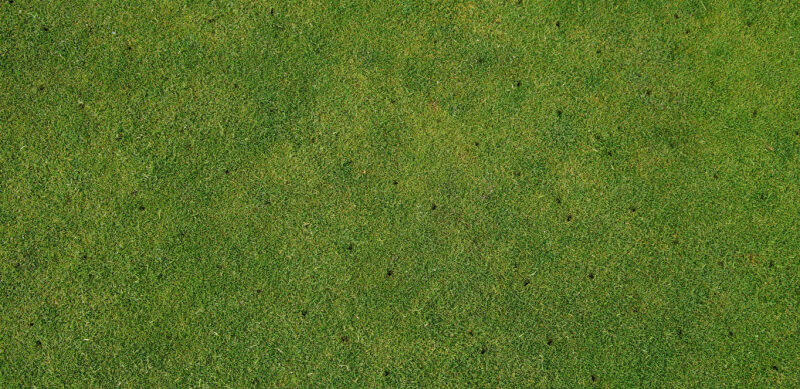How do I Know if My Lawn Needs an Aeration Treatment?

Maintaining a lush, healthy lawn is a goal for many homeowners. A key component in achieving this is understanding when your lawn needs specific treatments, such as aeration. Aeration is crucial for the health of your lawn, but how do you know when it's necessary? This guide will help you identify the signs that your lawn is in need of an aeration treatment.
Signs Your Lawn Needs Aeration
1. Soil Compaction
One of the most apparent signs is soil compaction. If your lawn feels hard to the touch or if you find it difficult to insert a screwdriver or similar tool into the soil, it’s likely compacted. Compacted soil prevents the proper circulation of air, water, and nutrients.
2. Thatch Buildup
Thatch is a layer of organic matter between the grass and the soil surface. While some thatch is beneficial, an accumulation over half an inch thick can be harmful. Excessive thatch can block water, nutrients, and air from reaching the soil, necessitating aeration.
3. Puddling Water
After watering or rainfall, observe how your lawn drains. If you notice water puddling or running off without soaking in, it could mean the soil is too compacted, preventing proper absorption.
4. Heavy Foot Traffic
Lawns with heavy foot traffic, from children playing to frequent walking, are more prone to soil compaction. If your lawn is in a high-traffic area, it might need more frequent aeration.
5. Discolored or Thin Grass
A lawn that looks unhealthy, with discolored or thinning grass, might be struggling due to compacted soil or thatch buildup. Aeration can help improve the health and appearance of your grass.
6. Dry and Hard Soil
Inconsistent watering or extended periods of dry weather can make your lawn's soil dry and hard. This makes it difficult for roots to penetrate deeply, thus limiting their access to necessary nutrients and moisture.
Benefits of Aeration
1. Improved Air Exchange
Aeration allows air to flow freely to the grass roots, which is essential for healthy growth.
2. Enhanced Water Absorption
Post-aeration, water penetrates the soil more effectively, reducing runoff and improving the lawn’s drought resistance.
3. Better Fertilizer Uptake
Fertilizers are more effective when they can reach deep into the soil. Aeration helps achieve this, leading to a healthier lawn.
4. Stronger Root System
By alleviating soil compaction, aeration encourages deeper root growth, resulting in a more robust lawn.
5. Thatch Breakdown
Aeration helps in decomposing thatch by improving the flow of air and moisture, which is crucial for microorganisms that break down thatch.
When to Aerate Your Lawn
The best time for aeration depends on the type of grass. For cool-season grasses, early spring or fall is ideal. For warm-season grasses, late spring is best. It's also wise to aerate when the lawn is in its peak growing phase to ensure quick recovery.
Choosing the Right Aeration Service
When considering aeration, it’s advisable to consult with professionals like The Experienced Gardener. They can provide a thorough assessment and recommend the best aeration method for your lawn. Their expertise ensures that the process is done effectively, maximizing the benefits for your lawn.
Recognizing the signs that your lawn needs aeration is key to maintaining its health and beauty. If you notice any of the indicators mentioned above, it might be time to consider an aeration treatment. Remember, a well-cared-for lawn not only enhances the aesthetic appeal of your property but also contributes to a healthier environment.


